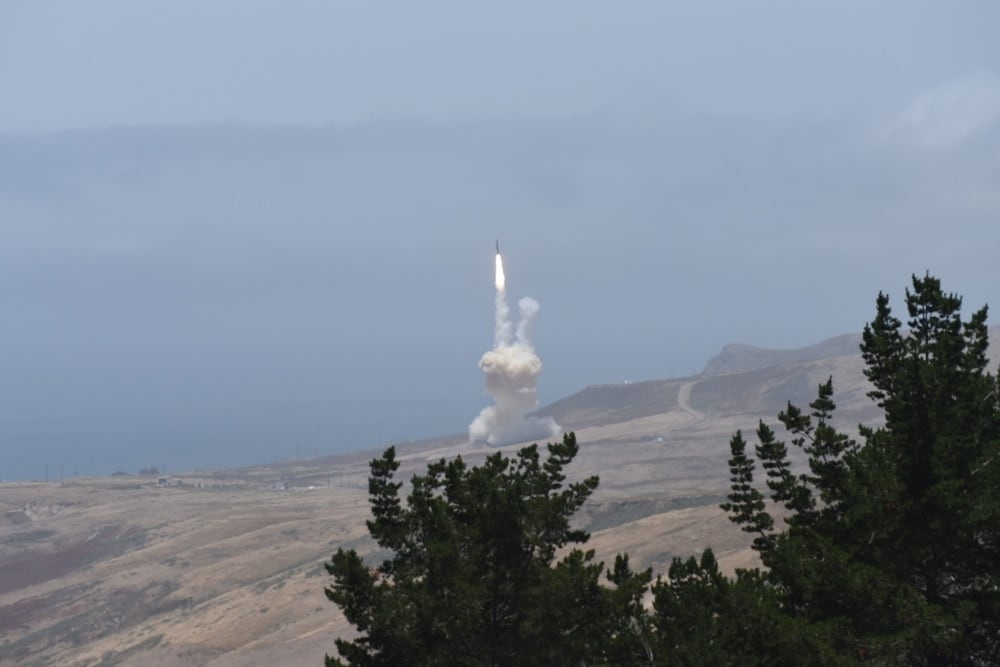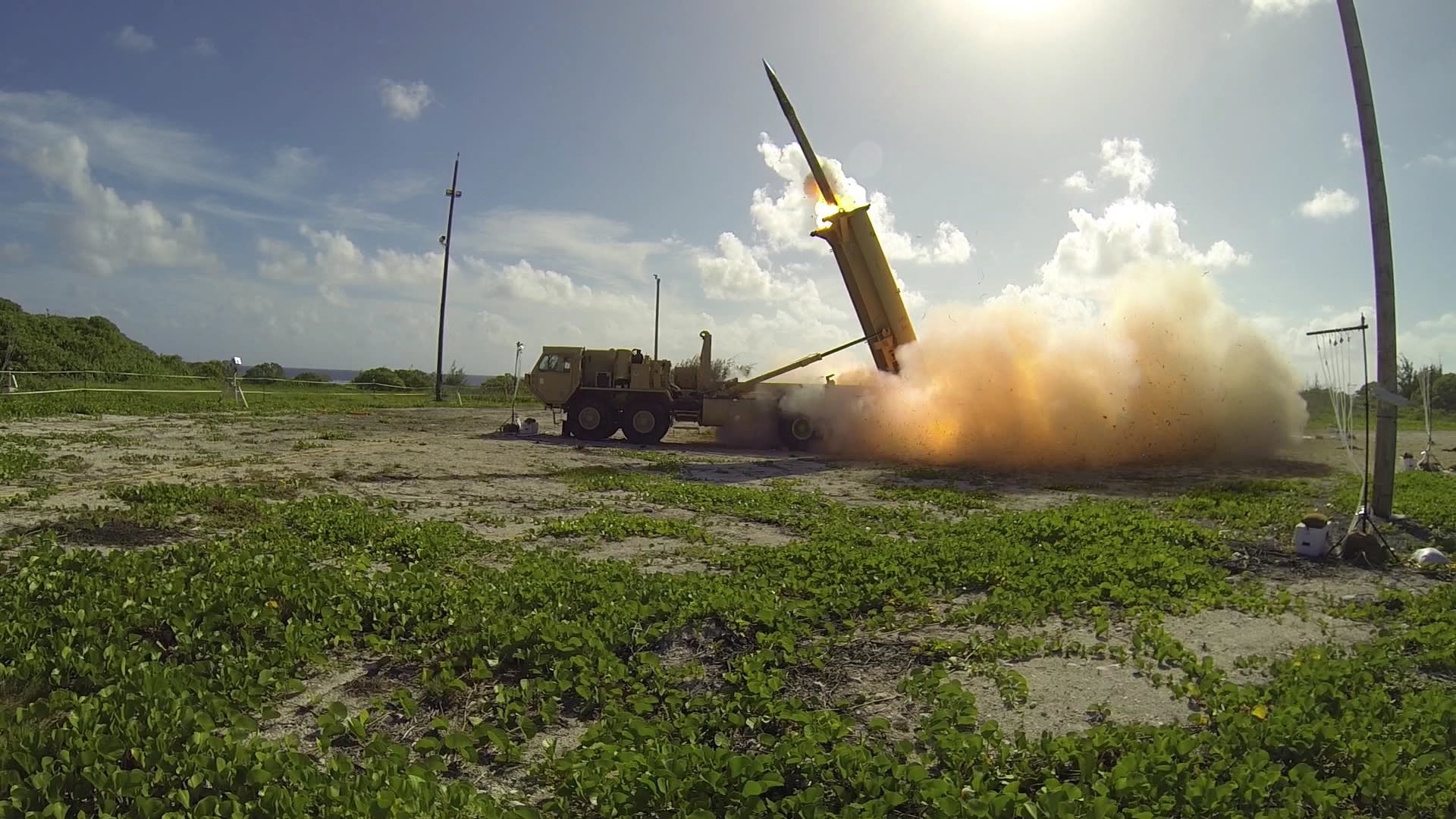America’s attention is focused intently on North Korea’s nuclear program, and each day seems to bring more information on the Kim regime’s continued pursuit of nuclear warheads and new missiles to carry them to our shores. The threat of nuclear attack — something long pushed to the margins of our national security conversation — is once again front-page news.
Our defense against this growing threat relies first and foremost on the capability of our own nuclear deterrent. As the bipartisan leadership of the Senate subcommittee that oversees our nuclear arsenal, our top priority is to ensure our nuclear forces have the resources they need to continue protecting our country. Doing so helps persuade rogue leaders like Kim Jong Un that the costs of doing us harm would far, far outweigh any imaginable gain.
Truth be told, however, our nuclear deterrent is aging and in need of modernization. A changing security environment means we must take stock of our nuclear posture and ensure our forces are properly configured. In fact, such a review is now underway and expected to be completed by the end of the year.
RELATED

We anticipate this review will share many of the conclusions of the last review in 2010, including the importance of all three legs of the nuclear triad — the land-, air- and sea-based systems that carry nuclear weapons — and the urgent need to modernize our aging systems and infrastructure. It must also take into account how the security landscape has evolved over that period.
Unfortunately, changes in global nuclear threats are not confined to the Korean Peninsula. Russia’s nuclear policies are also particularly worrisome. Russia have embarked on an ambitious modernization program of its nuclear forces. Moscow also has combined the development and deployment of new nuclear weapons with aggressive policy statements — including the first use of nuclear weapons and threats of nuclear attack against NATO allies and neutral states that have stood up to its aggression.
Most concerning, Russia has deployed a new ground-launched nuclear cruise missile in clear violation of its obligations under the 1987 Intermediate-Range Nuclear Forces Treaty. China has also embarked on a significant nuclear modernization effort that includes the development of more advanced capabilities and the expansion of its nuclear forces.
Despite the deep reductions in the size of the U.S. nuclear arsenal since the Cold War, as well as the good intentions of Republican and Democratic presidents to reduce the role of nuclear weapons, other countries are expanding their amount and types of nuclear forces, placing greater emphasis on nuclear capabilities in their national security doctrines. These global trends mean our nuclear deterrent will continue to be the bedrock of our national security for the foreseeable future.
RELATED

After 25 years of near neglect for all of our nuclear systems, the need for modernizing every leg of the nuclear triad is pressing. This includes our intercontinental ballistic missiles, submarines, bombers and air-launched cruise missiles. In describing the aging U.S. nuclear arsenal, former Secretary of Defense Ash Carter said U.S. systems have already been extended decades beyond their original service lives: “It’s really a choice between replacing them or losing them. That would mean losing confidence in our ability to deter, which we can’t afford in today’s volatile security environment.”
Congress’ strong record of funding nuclear modernization reflects a bipartisan, bicameral understanding of the important role nuclear weapons play in our security.
This across-the-aisle effort traces back at the very least to 2010. That year the Senate ratified the New START Treaty. In its resolution of ratification, the Senate stated that the reductions in deployed nuclear arms achieved under the treaty needed to be accompanied by the modernization of our nuclear triad. Our military leaders have continued to identify both elements of the 2010 agreement as important to national security, and the current versions of the fiscal 2018 National Defense Authorization Act, in both the House and Senate, reflect sustained bipartisan support for this approach.
RELATED

The fundamentals of America’s nuclear posture have remained remarkably constant since the end of the Cold War: maintain a survivable, flexible nuclear deterrent and extend to allies a credible nuclear umbrella while reducing nuclear forces to the lowest numbers required to deter enemies. We believe these principles remain valid.
Opponents of this effort often invoke its cost in their critiques. Although this is an important consideration, it should be viewed in context. As Gen. Paul Selva, the vice chairman of the Joint Chiefs of Staff, has repeatedly testified, we currently spend about 3.5 percent of the defense budget to operate and sustain our nuclear forces. Replacing these systems will increase overall spending on nuclear forces to about 6 percent of defense spending for about 10-15 years. After that time period, we will return to the lower level while being a safer nation. This modest, temporary increase is needed following decades of underinvestment in the nuclear mission.
Modernization of our aged nuclear systems has been delayed for far too long. In an increasingly dangerous world, our nuclear deterrent must be brought up to date.
Sen. Deb Fischer, R-Neb., chairs the Senate Armed Services Subcommittee on Strategic Forces. Sen. Joe Donnelly, D-Ind., is the ranking member of the same subcommittee.








